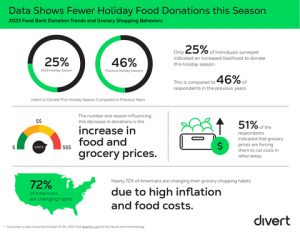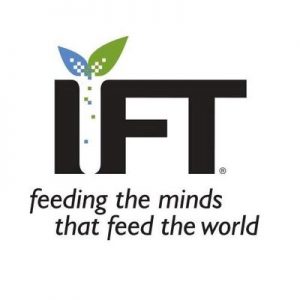 Flamingo Las Vegas just got hotter. Flavor and flames are coming to the resort this summer with the addition of Gordon Ramsay Burger.
Flamingo Las Vegas just got hotter. Flavor and flames are coming to the resort this summer with the addition of Gordon Ramsay Burger.
The debut of Gordon Ramsay Burger at Flamingo Las Vegas follows the success of the restaurant’s first Las Vegas location, which opened at Planet Hollywood Resort & Casino in December 2012. It is the celebrated chef’s seventh restaurant at Caesars Entertainment’s Las Vegas Resorts and the fifth Gordon Ramsay Burger location.
“We are incredibly fortunate to celebrate the popularity of Burger inside Planet Hollywood,” said Gordon Ramsay. “So much, in fact, that we expanded the space a few years ago to meet the demand and accommodate more guests. Now, to add another location inside one of the most iconic resorts in Las Vegas is truly a dream come true.”
Gordon Ramsay Burger continues to push the traditional burger, fries and milkshake combination to the limit. Guests can expect some of their favorites on the menu at the Flamingo location, such as the Hell’s Kitchen Burger, Farmhouse Burger and Hellfire Chicken Wings. To achieve a complex flavor, all burgers are cooked over an open flame fueled by hardwoods. Sides include Just Fries with house ketchup and chipotle ketchup, Truffle Parmesan Fries with truffle aioli and house ketchup, and Sweet Potato Fries with vanilla powdered sugar and honey jalapeño aioli. Those with a sweet tooth can choose from a variety of milkshakes.
“Adding Chef Ramsay to our culinary roster creates a whole new dynamic at the Flamingo,” said Dan Walsh, SVP and general manager of Flamingo Las Vegas. “From delicious burgers and signature sides, Gordon Ramsay Burger will be a fun dining destination for family and friends to enjoy at our resort.”
The 8,000-square-foot space was designed by DEZMOTIF Studios and features a large exhibition kitchen, island-style bar as the restaurant’s social hub, expansive storefront windows, multiple dining zones, a nod to Britannia with Union Jack accents and dynamic flame displays throughout. Casual and inviting, the main dining room space has a warm and comfortable feel and offers views of the exhibition kitchen. The spectacular, open-air patio overlooks the bustling Las Vegas Strip and is anchored by a 25-foot-tall LED column showcasing Gordon Ramsay Burger imagery underneath the famous Flamingo neon.
Gordon Ramsay Burger at Flamingo Las Vegas will occupy the former Bird Bar space along Las Vegas Boulevard.
Gordon Ramsay North America comprises the United States and Canada restaurant business of acclaimed chef, restaurateur, TV personality and author Gordon Ramsay. In 2019, Gordon Ramsay inked a deal with private equity firm Lion Capital to expand Gordon Ramsay restaurant concepts across the U.S. and Canada. The company currently has 27 restaurants across Las Vegas, New York City, Washington D.C., Boston, Chicago, Connecticut, Indiana, Orlando, North Carolina, Atlantic City, Baltimore, Lake Tahoe, Kansas City, Miami, Oklahoma City, and Lake Charles, several of which are in partnership with Caesars Entertainment.
The group is scaling dining concepts as the company taps into several of Gordon Ramsay’s successful U.S. and international key brands including Gordon Ramsay HELL’S KITCHEN, Ramsay’s Kitchen, Gordon Ramsay Steak, Gordon Ramsay Burger, Gordon Ramsay Street Pizza, and Gordon Ramsay Fish & Chips.
In addition to the Gordon Ramsay North America restaurants, there are 52 international restaurants in the Gordon Ramsay Restaurants portfolio worldwide, where Gordon Ramsay holds a total of 7 Michelin stars. In total, the company is on track to open its 100th location by the end of 2024.
For more news of interest to the specialty food industry, subscribe to Gourmet News.

